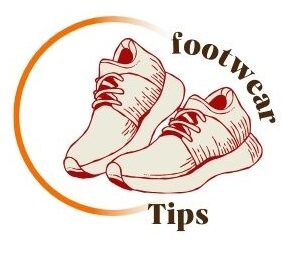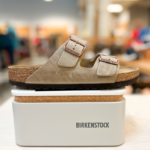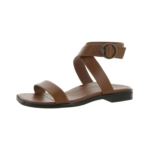Address:
- 2365 Hood Avenue, San Diego, CA, 92123
To find the right barefoot shoe for you, consider your foot shape, activity level, and desired features. When choosing a barefoot shoe, it’s crucial to prioritize comfort, flexibility, and durability.
Factors like material quality, sole thickness, and toe box width should also be taken into account. Research different brands and styles to find the perfect fit that aligns with your individual needs. Remember, the right barefoot shoe should feel like an extension of your natural foot movement, providing support and protection without sacrificing the benefits of barefoot walking or running.
By carefully evaluating these factors, you can select a barefoot shoe that enhances your overall performance and comfort level.
Barefoot shoes have gained popularity in recent years. They are designed to mimic the feeling of being barefoot, allowing the feet to move naturally and flexibly. These shoes have become increasingly popular among athletes and fitness enthusiasts who want to improve their performance and reduce their risk of injury.
Going barefoot has several benefits. It can improve balance and posture, strengthen the muscles in the feet and lower legs, and increase proprioception, which is the body’s awareness of its position in space. Barefoot shoes allow you to experience these benefits while still providing protection and support for your feet.
Wearing traditional shoes can restrict the movement of the feet and weaken the muscles over time. Barefoot shoes, on the other hand, allow the feet to move and flex naturally, which can help improve foot and ankle strength and prevent injuries.
The popularity of barefoot shoes has surged in recent years, with many people turning to them as an alternative to traditional shoes. This surge in popularity can be attributed to the growing awareness of the benefits of going barefoot and the desire to improve overall foot health.
Barefoot shoes come in a variety of styles and designs, from running shoes to casual footwear. They are suitable for all ages and can be worn for a range of activities, from running and hiking to everyday wear.
If you are considering trying barefoot shoes, it is important to choose the right pair for your needs. Look for shoes that are flexible, lightweight, and have a thin sole to allow for natural movement and improved proprioception. It is also important to choose shoes that fit properly to prevent discomfort and injury.

Credit: www.instagram.com
Discovering the ideal barefoot shoe for your feet involves understanding your foot type and movement patterns. By considering factors such as flexibility, support, and fit, you can find the right barefoot shoe that aligns with your unique needs and preferences.
Understanding your feet is crucial in selecting the perfect barefoot shoe to enhance your comfort and performance.
Understanding Your FeetWhen it comes to finding the right barefoot shoe, understanding your feet is crucial. Your foot shape and size, as well as your arch type, play a significant role in determining the most suitable barefoot shoe for you.When it comes to choosing the right barefoot shoes, it’s essential to consider specific features that will ensure comfort, durability, and performance. By paying attention to key aspects such as material and construction, weight and flexibility, and toe box shape, you can find the perfect barefoot shoe that meets your needs.
The material and construction of barefoot shoes play a crucial role in providing the necessary support and flexibility for natural movement. Look for shoes made from high-quality, breathable materials such as sustainable leather, recycled polyester, or vegan-friendly options. Additionally, check for seamless construction and minimal stitching to reduce the risk of friction and discomfort.
The weight and flexibility of barefoot shoes significantly impact your agility and comfort. Opt for shoes that are lightweight and offer a natural range of motion. Look for flexible outsoles and minimal cushioning to allow your feet to move freely and maintain a strong connection with the ground.
The shape of the toe box is vital for providing ample space for your toes to splay and move naturally. Look for shoes with a wider toe box that allows for natural toe splaying and accommodates the shape of your foot without constricting movement.
When it comes to choosing the right barefoot shoe, it’s important to consider the specific activities you’ll be engaging in. Different types of barefoot shoes are designed to cater to specific needs and provide the necessary support and comfort. In this article, we’ll explore three main categories of barefoot shoes: running and athletic shoes, casual and everyday wear shoes, and hiking and outdoor adventure shoes.
For those who enjoy running or engaging in other athletic activities, it’s crucial to find a barefoot shoe that provides the right combination of flexibility, durability, and support. These shoes are designed to mimic the feeling of running barefoot, allowing for natural foot movement and promoting better balance and stability.
Key features to look for in running and athletic barefoot shoes:
When it comes to everyday wear, comfort and style are equally important. Barefoot shoes designed for casual wear prioritize both aesthetics and functionality. These shoes are suitable for wearing at work, running errands, or simply lounging around.
Consider the following factors when choosing casual and everyday wear barefoot shoes:
If you’re an outdoor enthusiast who loves hiking, trail running, or engaging in other adventurous activities, barefoot shoes designed for outdoor use are the way to go. These shoes are built to withstand rugged terrains and provide the necessary protection and grip.
Consider the following features when selecting hiking and outdoor adventure barefoot shoes:
When it comes to finding the perfect barefoot shoe, one of the most crucial factors is getting the sizing and fit just right. Measuring your feet correctly and understanding brand sizing are essential steps in ensuring that you end up with the ideal barefoot shoe for your needs.
Before purchasing a pair of barefoot shoes, it’s important to measure your feet accurately. Start by placing a piece of paper on the floor and standing on it with your heel against a wall. Then, trace the outline of your foot and measure the length from the heel to the longest toe. Use this measurement to find the appropriate size according to the brand’s sizing chart.
Each barefoot shoe brand may have its own unique sizing system. It’s crucial to understand the specific sizing guidelines for the brand you’re interested in. Some brands may run true to size, while others may recommend sizing up or down based on the measurements of your feet. Always refer to the brand’s sizing chart and any additional fit notes to ensure you’re selecting the right size for your feet.
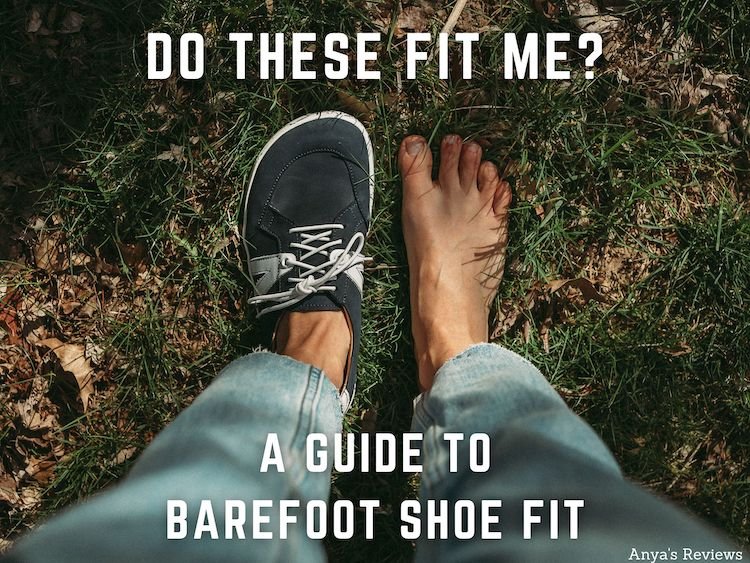
Credit: anyasreviews.com
Transitioning to barefoot shoes is essential for a smooth and injury-free experience.
Begin by gradually wearing barefoot shoes for short periods to allow your feet to adjust.
Maintaining and caring for your barefoot shoes is essential to prolong their lifespan and ensure optimal performance. Finding the right barefoot shoe involves considering factors such as foot shape, arch support, flexibility, and materials used, which can greatly impact comfort and foot health.
Maintaining and Caring for Your Barefoot ShoesCleaning TipsTo clean your barefoot shoes, wipe them with a damp cloth and mild soap. Air dry them away from direct heat.Durability and LongevityBarefoot shoes are durable and can last a long time with proper care. Rotate them to extend their lifespan.HandlingAvoid excessive moisture and direct sunlight. Store them in a cool, dry place when not in use.RepairsAddress minor issues promptly to prevent further damage. Seek professional repairs for major problems.InsolesReplace worn-out insoles to maintain comfort and support. Use natural materials for a healthier option.StorageKeep barefoot shoes in a breathable container to prevent odor and mold growth.Maintenance ScheduleCreate a regular cleaning and inspection routine to preserve your barefoot shoes.Avoid Harsh ChemicalsUse gentle cleaning products to protect the materials of your barefoot shoes.WeatherproofingApply a protective spray to make your barefoot shoes water-resistant for outdoor activities.Follow Manufacturer GuidelinesRefer to the manufacturer’s recommendations for specific care instructions for your barefoot shoes.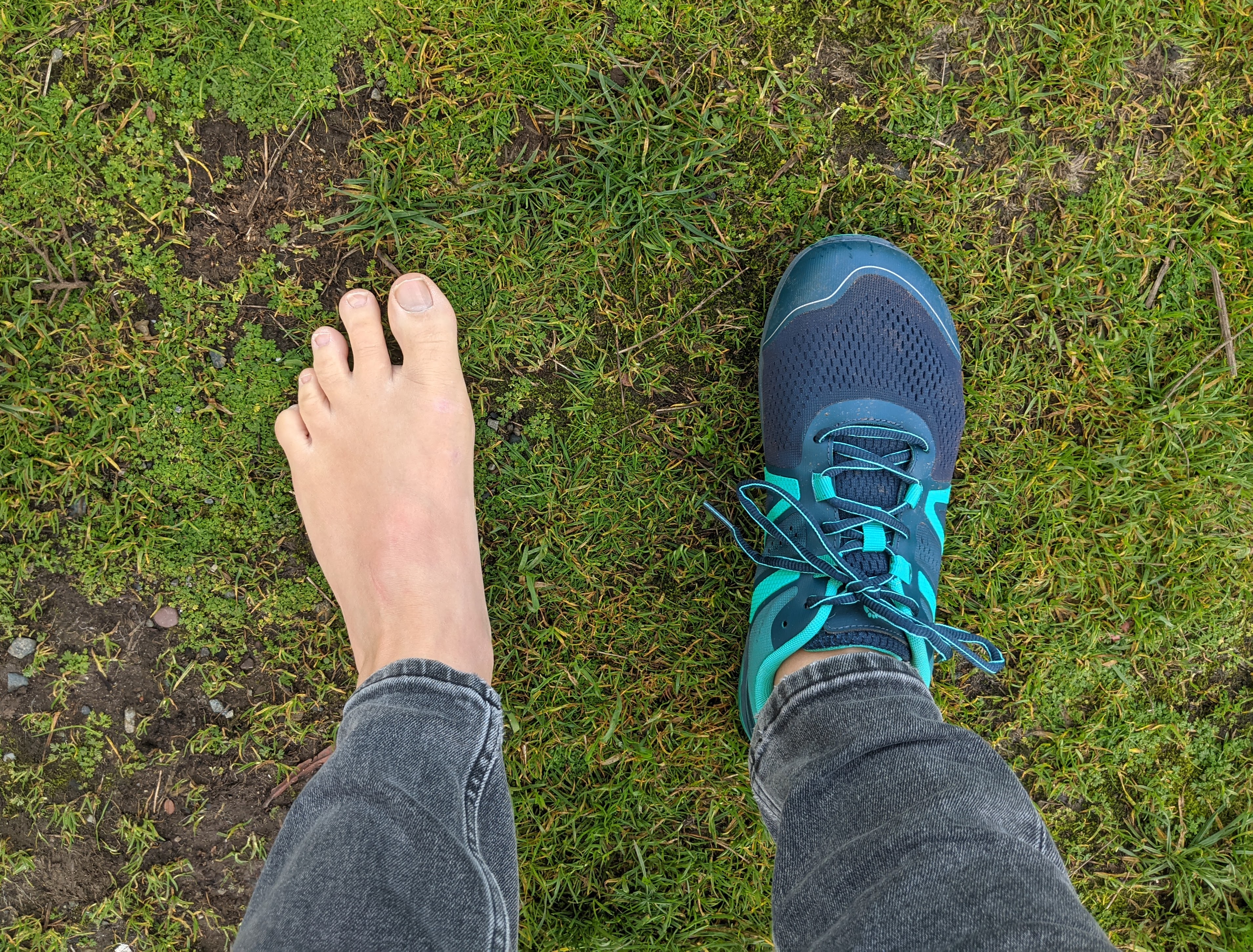
Credit: www.outdoorlife.com
When choosing barefoot shoes, it’s crucial to know where to purchase them. Let’s explore the options for buying barefoot shoes, including online vs. in-store shopping and trusted brands and retailers.
Online shopping offers convenience and a wide selection of barefoot shoe brands. In-store shopping allows you to try on shoes for the perfect fit.
Look for reputable brands like Vivobarefoot, Xero Shoes, and Merrell. Trusted retailers include REI, Amazon, and the official brand websites.
Real User Experiences can provide valuable insights when choosing the right barefoot shoe for your needs. Success Stories and Common Challenges shared by other users can help guide your decision.
Users have reported improved posture and reduced foot pain when transitioning to barefoot shoes.
Some users have experienced enhanced balance and stability during various activities.
Barefoot shoes help improve the strength of your feet by allowing your toes to spread naturally. They also encourage better posture and balance. Additionally, they can help prevent injuries by allowing your feet to move more naturally.
When looking for a barefoot shoe, consider the level of flexibility, the amount of cushioning, the shape of the shoe, and the materials used. Look for a shoe that is flexible, has minimal cushioning, fits the shape of your foot, and is made of breathable materials.
Barefoot shoes can be great for running as they allow your feet to move more naturally, which can improve your running form. However, it is important to gradually transition to barefoot shoes to prevent injuries and allow your feet to adjust to the new style of running.
Barefoot shoes should fit snugly, but not be too tight. Your toes should be able to spread out naturally, and there should be enough room for your foot to move and flex. It is important to try on barefoot shoes and walk around in them to ensure a proper fit.
Finding the right barefoot shoe for you requires careful consideration of your needs and preferences. By understanding the benefits of barefoot shoes, considering your foot type, and trying on different options, you can make an informed decision. Remember to prioritize comfort, flexibility, and durability when making your choice.
With the right pair of barefoot shoes, you can experience the freedom and natural movement that your feet deserve.
Get our most valuable tips right inside your inbox, once per month!
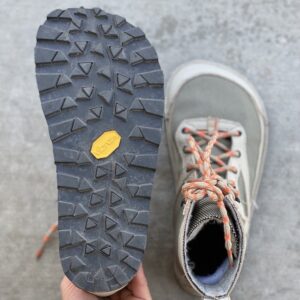
Looking for walking shoes with a wide toe box? Check out these top options for men and women that offer comfort, support, and a roomy
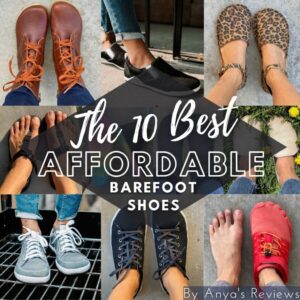
Looking for cheap barefoot shoes? Check out WHITIN Men’s Ultra-ventilated Barefoot Shoes for $19.99 on Amazon.com or Men’s Quick-dry Barefoot Shoes for $8.47 on Temu.
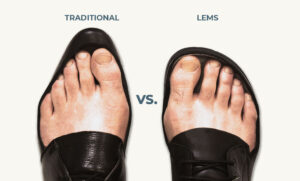
Foot-shaped shoes are available in various brands such as Lems Shoes, Padgene, Barekick, WHITIN, relxfeet, Xero Shoes, New Balance, Earthing Harmony, Atoms, BRONAX, Hike Footwear,
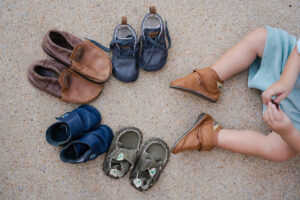
Toddler Barefoot Shoes provide a minimalist and lightweight option for kids to splay their feet naturally while walking, running, or playing sports. These shoes have
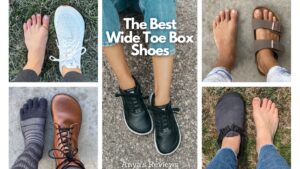
Discover a variety of wide toe box shoes for women in Austin, Texas, including options from Orthofeet, WHITIN, Temu, and more. These shoes offer comfort
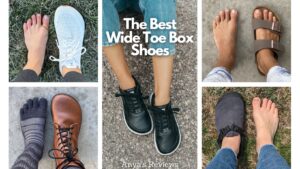
Toe box shoes provide ample space for the toes, allowing them to move freely and comfortably. They are available in various styles and sizes, with
